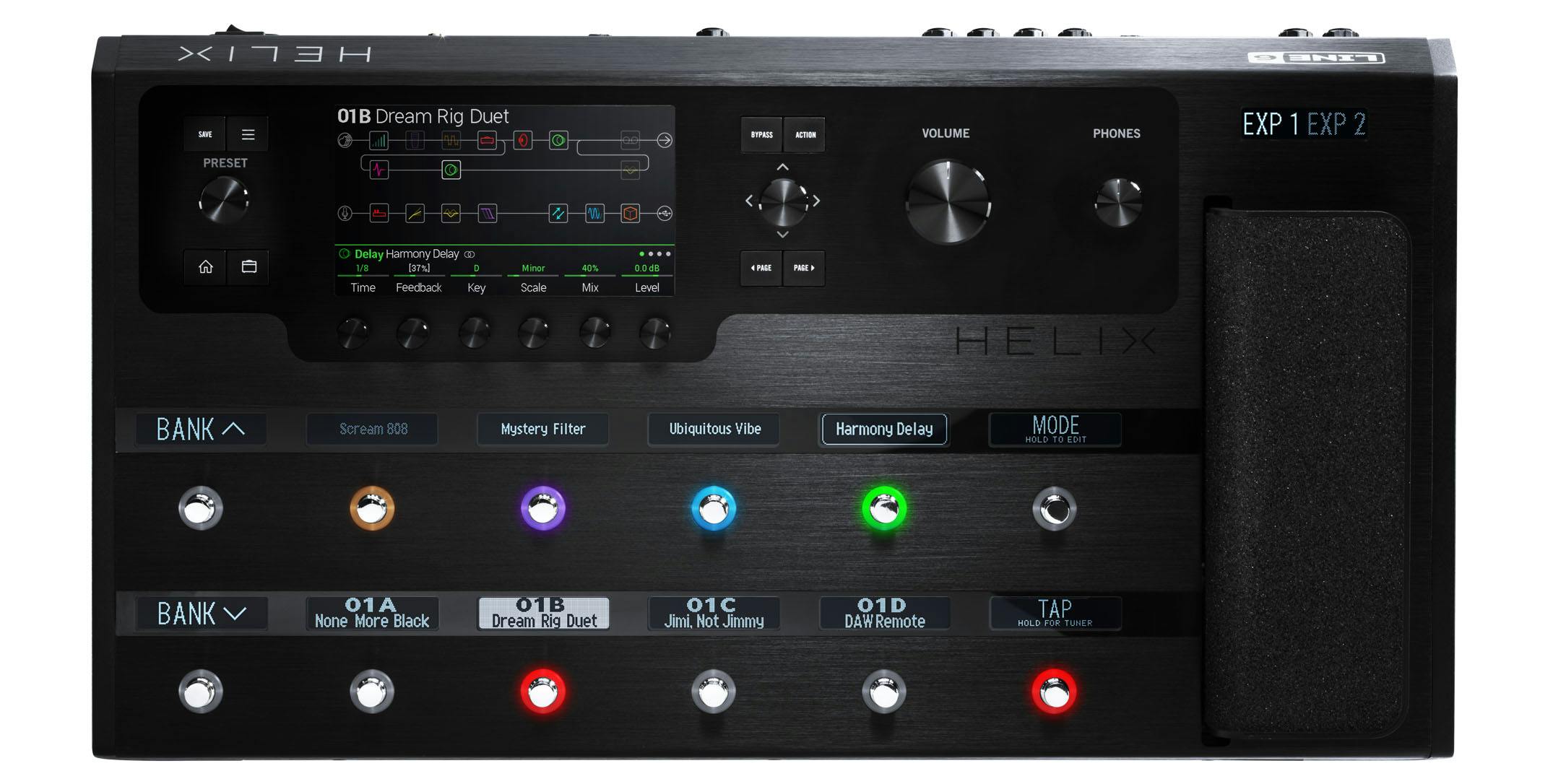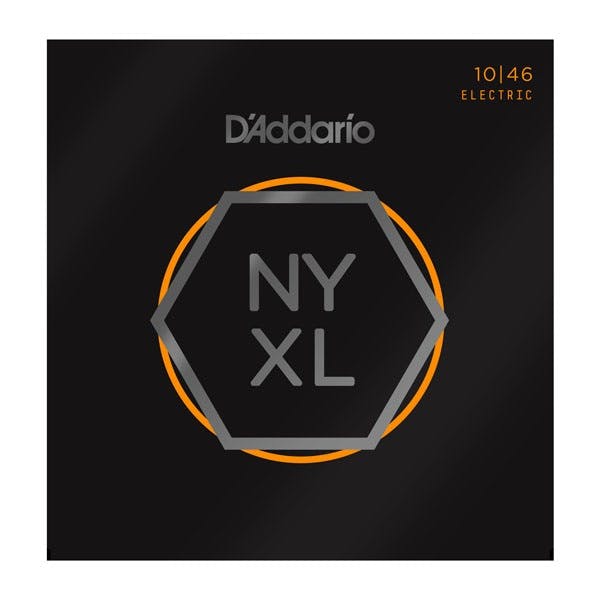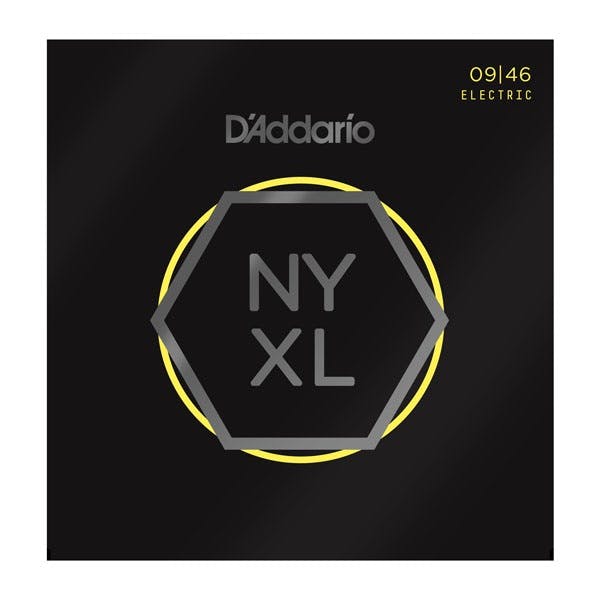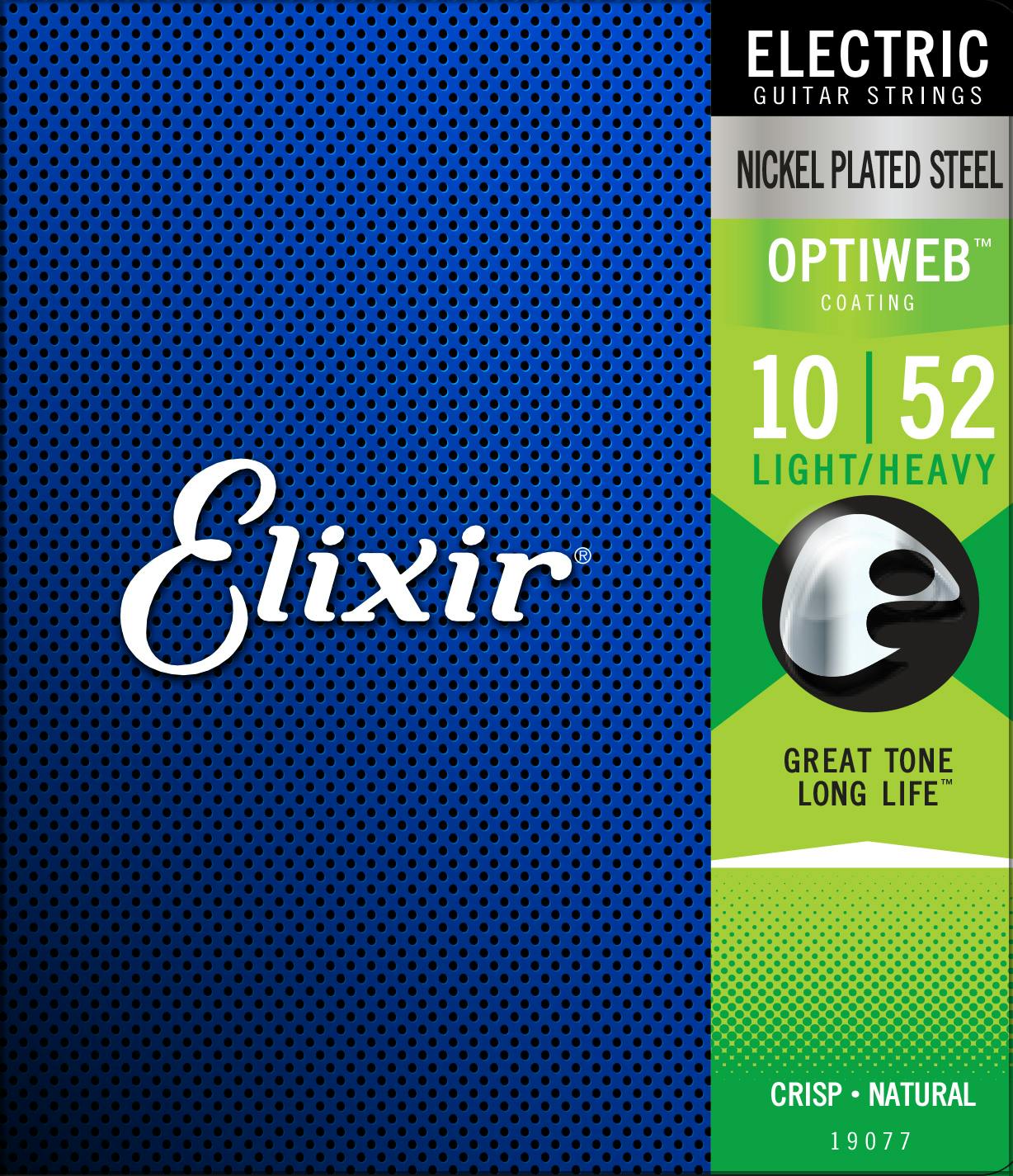When festival season rolls around you’d better be prepared to put on a great show! What’s better for a punter than the sun shining down, a cold beverage in hand and a good live band? On the other side of the stage, there are a whole host of tasks you’ll have to tackle in order to capture the sound and performance your audience expects.
Here’s a brief summary of how you can improve your outdoor gigs:
- Use in-ear monitors
- Use wireless connectivity
- Replace old guitar strings and refresh other replaceable items
- Consider multi-FX or modelling technology
- Invest in a good PA system for singer-songwriters

Dealing with Temperature & Humidity
Most of the time you’ll be putting on your outdoor show when the weather is pretty good. That’s fine for the audience, but temperature and humidity can have their drawbacks for both electric and acoustic guitars. A sudden switch from a cool indoor climate to muggy open air, for example, will cause a guitar’s wood parts to expand or contract and potentially put the intonation and tuning out of whack.
There are a few effective ways to get around the climate factor. First off, well-made guitars are less likely to succumb to these changes because of their stronger woods and materials used to make truss rods and acoustic bracing. Investing in a guitar that can handle the rigours of live shows and touring is an ideal first step.
If you’re working on a tighter budget, something every musician can address is the intonation; get it professionally set up during the current season. Another necessary step is to buy some good quality strings from the likes of D’addario or Elixer and equip them shortly before you play your show. One final point is to keep your instrument in a sturdy, air-tight case when you put the hours in on the road, as it’ll be less affected by the weather conditions. Some of our favourite cases are made by Tourtech and Mono.









Responses & Questions